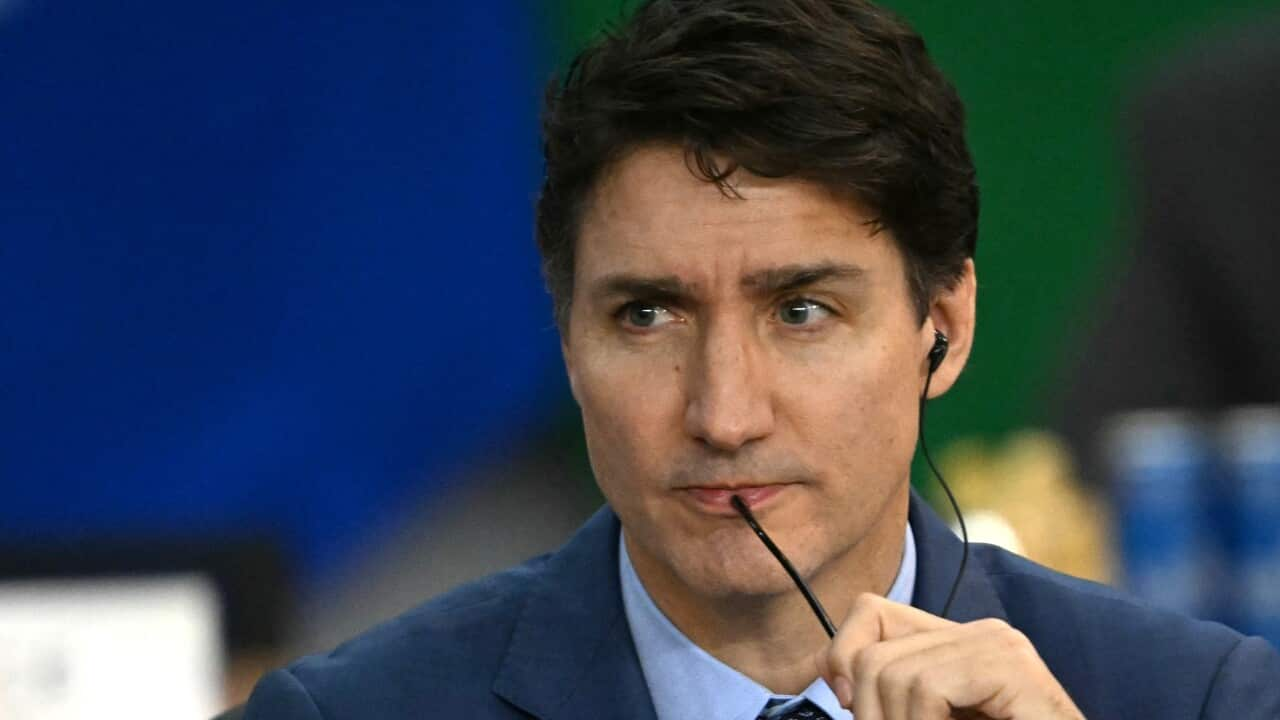Canadian Prime Minister Justin Trudeau announced on Monday that after nine years in office but will stay on in his post until the party chooses a replacement.
“I intend to resign as party leader, as prime minister, after the party selects its next leader,” Trudeau said.
“This country deserves a real choice in the next election, and it has become clear to me that if I’m having to fight internal battles, I cannot be the best option in that election.”
Trudeau has been under increasing pressure to quit since Chrystia Freeland — who is Canada’s deputy prime minister and finance minister — resigned from his cabinet over a policy clash.
Here are some potential ways forward for Canada:
Who will lead Canada now and will there be an election?
Trudeau confirmed he had received permission from Canada’s governor-general to suspend all parliamentary business until 24 March.
That means an election is unlikely before May at the earliest, so Trudeau will remain in charge — at least initially — of dealing with the threat of crippling tariffs once United States president-elect Donald Trump takes office on 20 January.
Trump has vowed to , which could prove devastating to the Canadian economy, and Trudeau has pledged to retaliate.
The next election must be held by late October and polls show voters angry over high prices and a shortage of affordable housing will elect the opposition Conservatives and hand the Liberals a resounding defeat, no matter who leads the party.
How will the Liberal Party leadership race pan out?
Trudeau said the Liberal leadership race will be “a robust, nationwide competitive process”.
As the parliament is prorogued, or suspended, until 24 March, that could give the Liberals time to choose a new leader while restricting the opposition’s chances to bring a vote of non-confidence.
The Liberals will have to set up a special leadership convention to choose their new leader.
The challenge for the party is that these conventions usually take months to arrange and if an election does occur before then, the Liberals would be in the hands of a prime minister not chosen by members. This has never happened in Canada.
Deputy prime minister Chrystia Freeland is a possible contender to take over the Liberal Party of Canada. Source: AP / Patrick Doyle
The Liberals could try to run a shorter convention than usual, but this might prompt protests from candidates who felt this placed them at a disadvantage.
Canadian media have tipped Freeland as a possible contender to take over the Liberal Party along with the former Bank of England governor Mark Carney, a Canadian who also previously led the Bank of Canada.
Several others are expected to join the race.
Lori Turnbull, a political science professor at Dalhousie University, said traditionally a Liberal leadership race would take four to six months but this time “they’ve got to be quicker than that”.
Conservative Party leader Pierre Poilievre indicated he was ready to take on whoever the Liberals put forward.
“Every Liberal MP and Leadership contender supported EVERYTHING Trudeau did for 9 years, and now they want to trick voters by swapping in another Liberal face to keep ripping off Canadians for another 4 years,” he posted on X after Trudeau’s announcement.
Trudeau’s government narrowly survived three non-confidence votes brought by the Conservatives in parliament late last year.
His minority government had been held up by a deal with the left-wing New Democratic Party (NDP), but in December, the NDP said they would vote to topple Trudeau at the next opportunity.

